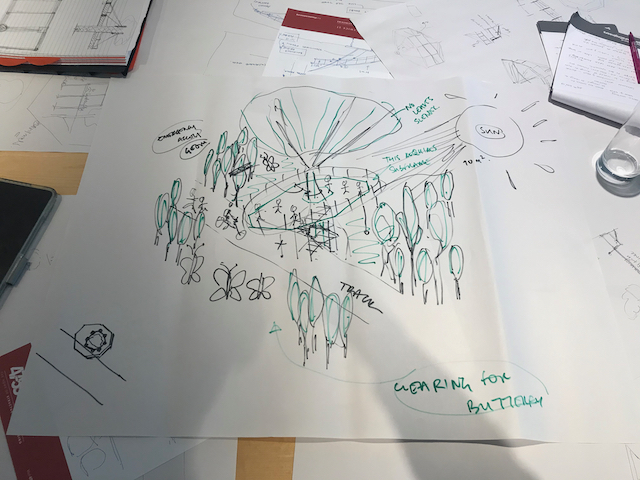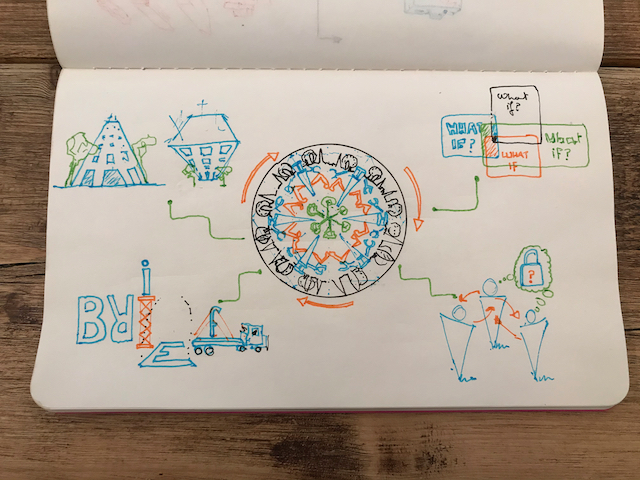This course, which I deliver at Constructivist for the Institution of Structural Engineers is my longest running conceptual design training course. It is an introductory course, which splits conceptual design up into three phases: establishing the brief, creative thinking and convergent thinking and provides simple models for understanding each of these phases.
I originally wrote the course while working at Think Up, took it on when I set up Constructivist and I have been evolving the material ever since.
I have delivered this course both as a one-day 7-hour programme or an online programme delivered over four, weekly 2-hour webinars. Since the Coronavirus pandemic, I have been delivering this course exclusively online.
The main course content is:
- The five elements of a brief and the designer’s paradox
- Filling the Kalideascope – gathering inputs for creative thinking
- Turning the Kalideascope – forming new creative connections
- Using modelling and testing to improve a design idea
- Curating information and ideas in the creative process
Since January 2019 this course has had 115 people attend it. The main things people say they get out of it are:
- Having a structured approach they can apply to conceptual design
- The benefit of using the Kalideascope model for creative thinking
- The benefit of being able to break down a brief into its constituent parts
- Having techinques that they can quickly apply – even between sessions on the online course.

I really enjoy delivering and coming back to this course. Over many repetitions I have been able to evolve the content. I meet people who have attended the course some time later who still refer back to how often they use the models.
The course provided the backbone for the chapter that I wrote on how to have ideas for the IStructE’s Conceptual Design of Buildings manual. Over the years the course has given me the chance to try out different approaches to teaching design and to get feedback on it. It also turns out to have been very useful to have had several years’ experience of delivering this course online when the Coronavirus pandemic struck.
The next stage in the development of this course is to start to integrate more of the thinking from the climate emergency training I am running with Bengt and others in order to embed those principles in early stage conceptual design.
Key Concept: Workwork
This is the course where I first trialed the concept of ‘workwork’ – like homework except that you do it work. Splitting the course up over four weekly sessions I had the chance to get participants to practise techniques introduced each week back in their workplaces, helping them to make the training work for their specific context. Typical examples of workwork are to:
- Keep a daily diary of any time someone gives you a brief and how it can be decomposed
- Create a Kalideascope for a project, using it to capture information, ideas and questions related to any design brief.
- Convert any brief into a list of tests – and get creative about what the tests would need to be.
Butterfly platform

A design brief that often use is to create a butterfly observation platform for Hazel Hill Wood. Originally conceived as a design brief when I was a volunteer at the wood, now that I am Chair of the Trustees of the wood I don’t have to role-play being the client – I am the client!
See this course on the Constructivist website.


Leave a Reply